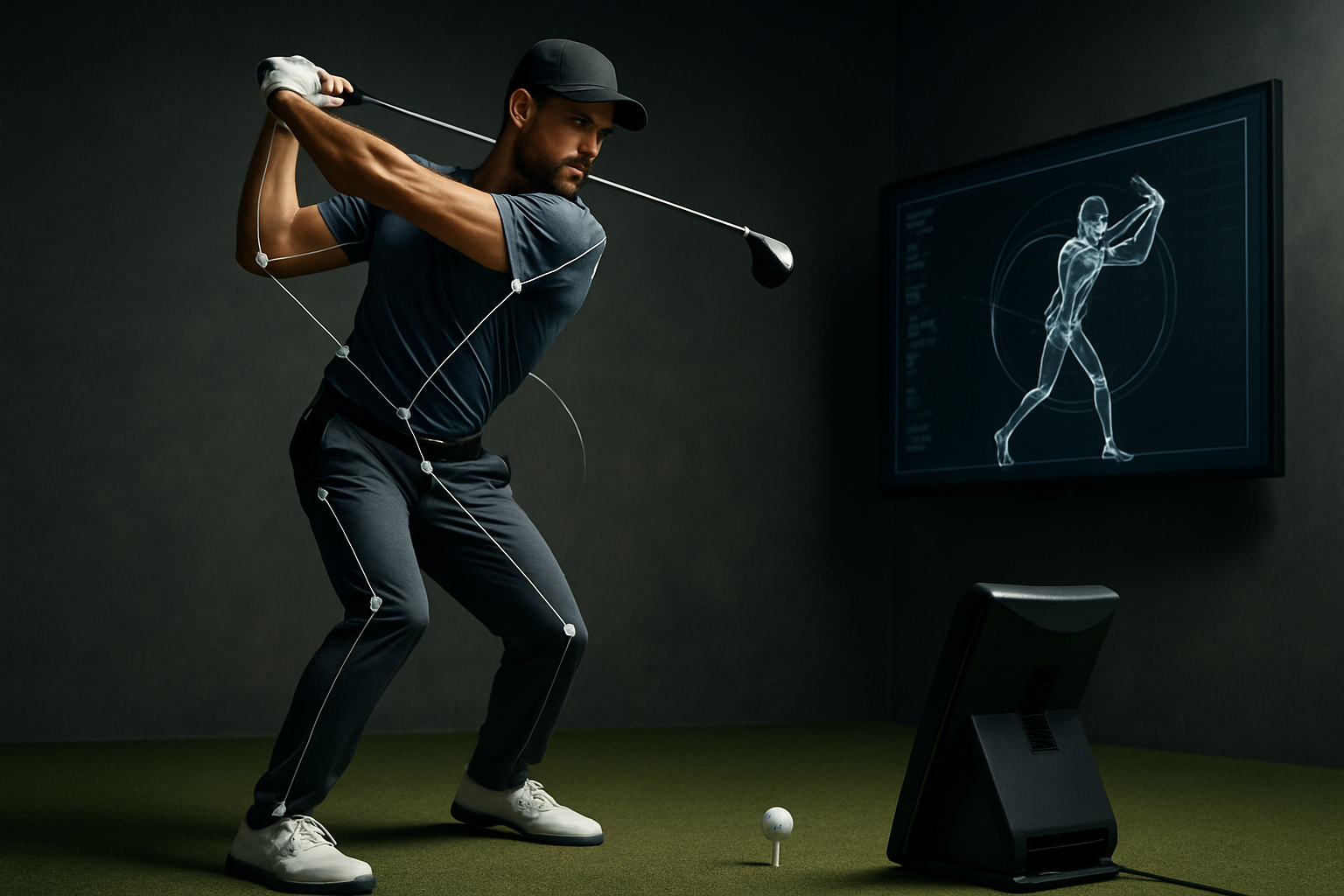Cryogenic Facials: The Sub-Zero Beauty Trend
In the ever-evolving world of beauty treatments, a chilling new trend has emerged that's sending shivers through the skincare industry. Cryogenic facials, also known as "cryofacials" or "frotox," are rapidly gaining popularity among those seeking innovative ways to achieve a youthful, glowing complexion. This cutting-edge treatment harnesses the power of extreme cold to rejuvenate the skin, reduce inflammation, and stimulate collagen production. As temperatures plummet to sub-zero levels, proponents claim the benefits are red-hot, promising everything from tighter pores to a more radiant complexion. But what exactly does this frosty facial entail, and is it truly the game-changer it's purported to be?

The sudden temperature drop also triggers a survival response in the body, activating the production of collagen and elastin. These proteins are essential for maintaining skin’s firmness and elasticity. Additionally, the cold is thought to slow down cellular metabolism, potentially reducing the appearance of fine lines and wrinkles.
The Evolution of Cold Therapy in Beauty
While cryogenic facials may seem like a futuristic treatment, the use of cold in beauty and wellness practices has a long history. Ancient Egyptians used cold baths to treat fevers and inflammation, while the Greeks and Romans incorporated cold plunges into their bathing rituals. In the 19th century, hydrotherapy, which often included cold water treatments, gained popularity as a therapeutic practice.
The modern use of cryotherapy in beauty can be traced back to the 1970s when Japanese rheumatologist Dr. Toshima Yamauchi began using extreme cold to treat rheumatoid arthritis. The benefits observed in pain reduction and inflammation control led to the exploration of cryotherapy in other fields, including sports medicine and, eventually, aesthetics.
The Cryofacial Experience
A typical cryogenic facial session lasts between 10 to 15 minutes. The treatment begins with a thorough cleansing of the face to remove any makeup, oils, or impurities. The aesthetician then uses a handheld device to deliver a controlled stream of vaporized liquid nitrogen across the face and neck. Clients often describe the sensation as a cool breeze rather than an uncomfortable freezing feeling.
During the treatment, the aesthetician moves the device in specific patterns to ensure even coverage and target areas of concern. Some practitioners combine the cryofacial with other treatments such as LED light therapy or the application of serums to enhance results.
Potential Benefits and Risks
Proponents of cryogenic facials claim a wide range of benefits, including:
-
Reduced inflammation and redness
-
Tightened pores and improved skin texture
-
Increased collagen production
-
Enhanced circulation and lymphatic drainage
-
Brighter, more radiant complexion
-
Reduced appearance of fine lines and wrinkles
While many clients report immediate improvements in skin tone and texture, long-term benefits are still being studied. Some dermatologists caution that the effects may be temporary and that multiple sessions may be required to maintain results.
As with any cosmetic treatment, there are potential risks to consider. These may include:
-
Skin irritation or sensitivity
-
Hyperpigmentation in individuals with darker skin tones
-
Frostbite or tissue damage if not performed correctly
-
Potential exacerbation of certain skin conditions
It’s crucial for individuals considering cryogenic facials to consult with a qualified professional and disclose any pre-existing skin conditions or concerns.
The Market Impact and Industry Trends
The rise of cryogenic facials reflects a broader trend in the beauty industry towards non-invasive, technology-driven treatments. As consumers seek alternatives to more invasive procedures like Botox or surgical facelifts, cryofacials offer a middle ground between at-home skincare and medical interventions.
Market analysts predict significant growth in the cryotherapy sector, with the global market expected to reach $5.6 billion by 2024. This growth is driven not only by facial treatments but also by whole-body cryotherapy used in sports recovery and pain management.
The popularity of cryogenic facials has also sparked innovation in at-home cryotherapy devices. From ice rollers to cryogenic wands, these products aim to bring the benefits of cold therapy to consumers’ daily skincare routines. However, experts caution that these devices cannot replicate the extreme temperatures achieved in professional treatments.
Expert Opinions and Future Directions
While many aestheticians and some dermatologists praise the potential of cryogenic facials, others in the medical community urge caution. Dr. Elizabeth Tanzi, founder and director of Capital Laser & Skin Care, notes, “While cryotherapy can have immediate effects on skin appearance, more research is needed to determine long-term benefits and optimal treatment protocols.”
As the treatment gains popularity, researchers are exploring ways to enhance its efficacy and safety. Some studies are investigating the combination of cryotherapy with other skincare technologies, such as radiofrequency or ultrasound, to potentially amplify results.
The future of cryogenic facials may also lie in personalization. Dr. Neil Sadick, a clinical professor of dermatology at Weill Cornell Medical College, suggests that tailoring the treatment to individual skin types and concerns could maximize benefits while minimizing risks.
As with many emerging beauty trends, the true test of cryogenic facials will be their ability to deliver consistent, long-lasting results. While the initial buzz is certainly cold, only time will tell if this frosty treatment will have a warm place in the future of skincare.





